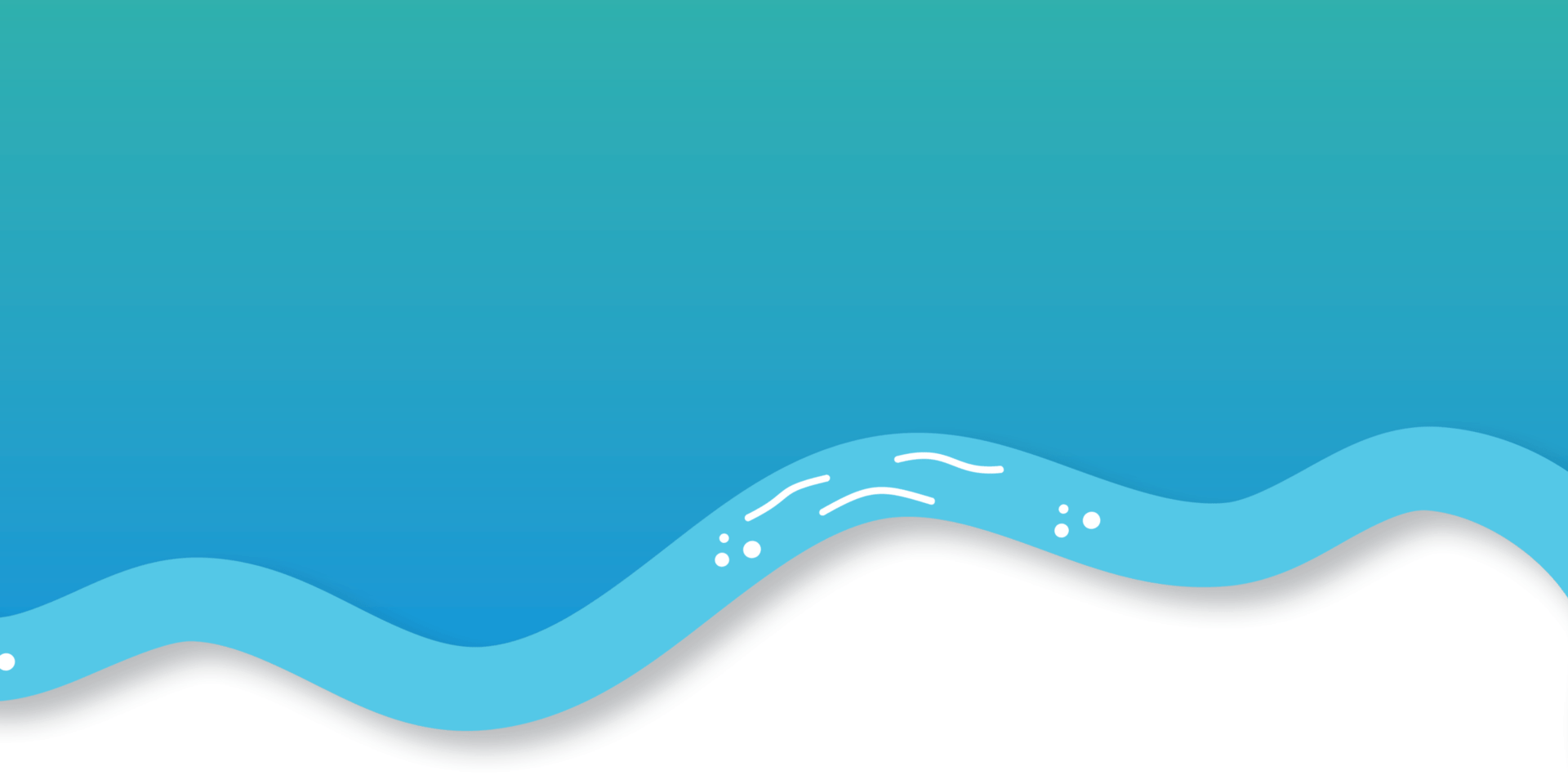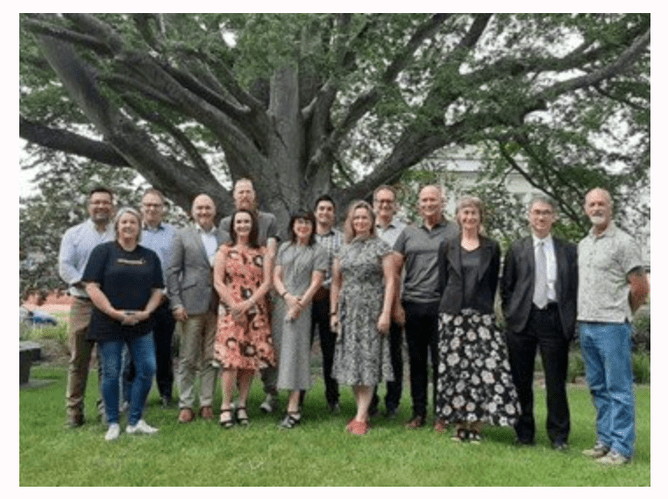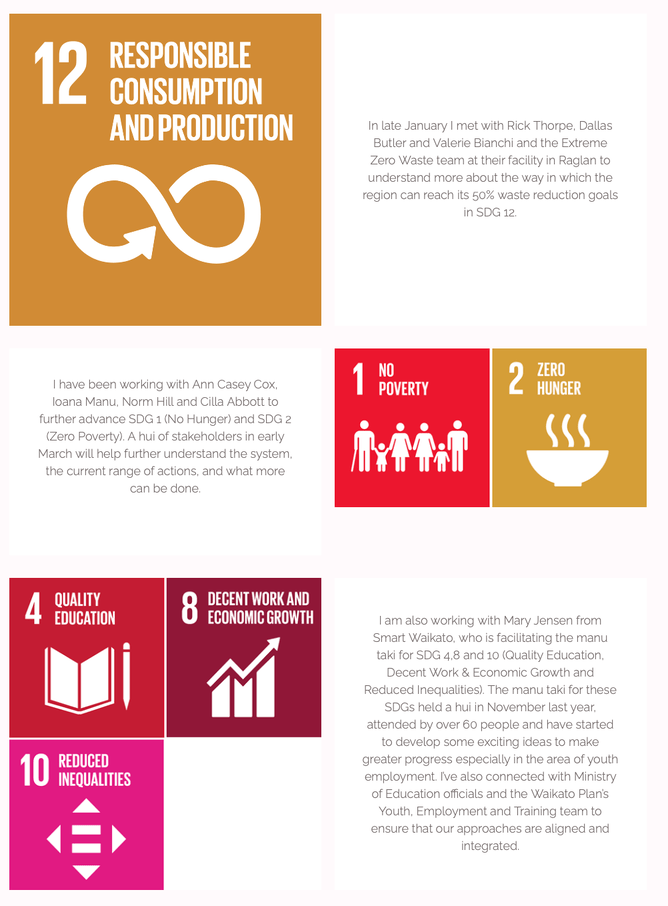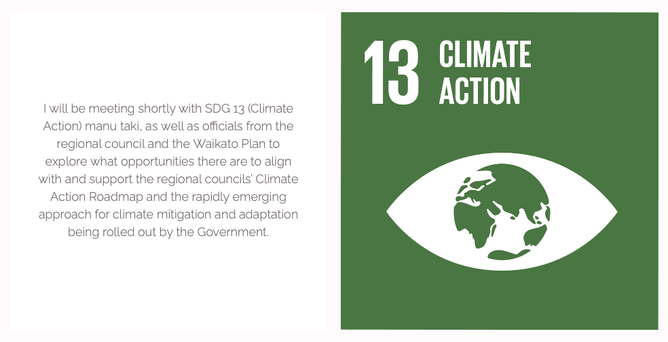E ngā mana, e ngā reo, e ngā kārangaranga maha o te wā,tēnā koutou katoa.
He mihi ki a koutou, ngā manutaki o te kaupapa nei,otirā ngā pou o ngā hapori o Waikato.
Nā tō rourou, nā taku rourou, ka ora ai te iwi
It was my honour to start as the Executive Director for the Waikato Wellbeing Project (the project) in January this year. That followed a fantastic hui in December, where many manu taki and key supporters welcomed me into the project. At that hui, I was reminded of the passion and dedication of so many people in the Waikato towards the project, and how my purpose is to support, leverage and scale up the incredible work already happening in the region.
My role is to build on progress already made by our manu taki, WEL Energy Trust, the Waikato Regional Council and the many people who gave their time, passion and energy to the local expertise workshops, community conversations, target discussions and ultimately last February’s Waikato Wellbeing Summit.
For us all, 2020 presented challenges like never before. The process of manu taki working together to develop new solutions and approaches to meet our impact targets was restricted to Zoom meetings as everybody worked to minimise the effects of lockdowns on our economies and communities. However, the project kept working on the next steps, developing a funding and partnership agreement to operationalise the project, and a framework to identify impact ready projects. Importantly, manu taki gather together in October to share experiences and update each other on progress.
Manu taki of SDGs 1,2 (no poverty, zero hunger), SDG 3 (affordable and clean energy), SDGs 4,8,10 (education, decent work and economic growth, reduced inequality), SDG11 (housing) and SDG13 (climate action) have all held hui to map the collective impact system for the target, identify partnerships, and potential actions and resourcing opportunities to enable work to be effectively resourced and delivered.
2021 priorities
This year is about moving the project into its operational phase, maintaining and then accelerating momentum. The project will be focused on the following priorities between now and June:
1. Put in place a fit for purpose governance group to guide the project
2. Develop the operating model and organisation design for the Waikato Wellbeing Office
3. Support and facilitate ongoing work by manu taki on our priority SDGs
4. Develop and deploy a communications and engagement programme
To assist with these major steps, a Pou Tiaki-Establishment Advisory Group was set up in January. As well as the key project sponsors, the Pou Tiaki includes manu taki who volunteered to assist. Norm Hill is also providing essential cultural and tikanga advice to the group.
Governance
We are now commencing the process to select an advisory board to govern and guide the project. The board will be recruited through an open expression of interest process, which will clearly identify the skills and attributes we are looking for. As well as good governance skills we will be looking for people who are expert and have on-the-ground experience in change and innovation programmes, impact investment and te ao Māori. We will align with and connect to regional governance programmes such as the Waikato Plan Leadership Committee and the regional council’s Regional Iwi Partnerships Committee, to ensure we actively develop partnerships in an effective way. Our plan is to have the advisory board in place by May-June.
Operating model / Organisation design
The project design has based itself on collective impact models of social change. In these models a backbone organisation provides the core capacity and capability to support communities to create impact and improve wellbeing.
Starting in March, the Pou Tiaki will hold a series of design workshops to explore model options and settle on an organisational design for this backbone organisation. This will guide the recruitment process which will start once the advisory board has been convened and a structure agreed. We will also hear from a range of thought leaders and people who have led similar projects within Waikato and across New Zealand to guide our thinking and decisions.
Supporting ongoing work
Since December, I have been meeting with many of the manu taki to learn more about their mahi and understand what their plans are for this year. With each, I want to understand what the Wellbeing Office can do to help and what sort of capacity and capability are needed. Specifically:
I will continue to explore opportunities to work with all other SDG manu taki and hear the progress being made, and how to support and assist with their mahi.
I’ve also met with many people across the region who have an interest in the project and want to know how they can be involved and how the project can help. I have also commenced discussions with iwi to understand fully how to ensure that the voice of Māori is fully integrated in the project, from its governance to the actions on the ground.
Communication & Engagement
As we start to re-gain momentum, a greater level of communications about the work of the project and how to get involved will be rolled out. This will include regular updates on progress against the target indicators the project has set itself.
A series of manu taki hui will be scheduled to ensure that we share our learnings and experiences, and that collectively we are making progress towards our 2030 wellbeing targets.
For me, sitting behind my desk won’t make things happen. Being on the ground, working with manu taki, communities, marae and whānau is what will really make the difference. As we bring the project fully to life, I look forward to working alongside all manu taki as we work towards our 2030 goals.
Harvey Brookes
Kaiwhakatere - Executive Director
Hinonga Toiora o Waikato | Waikato Wellbeing Project




